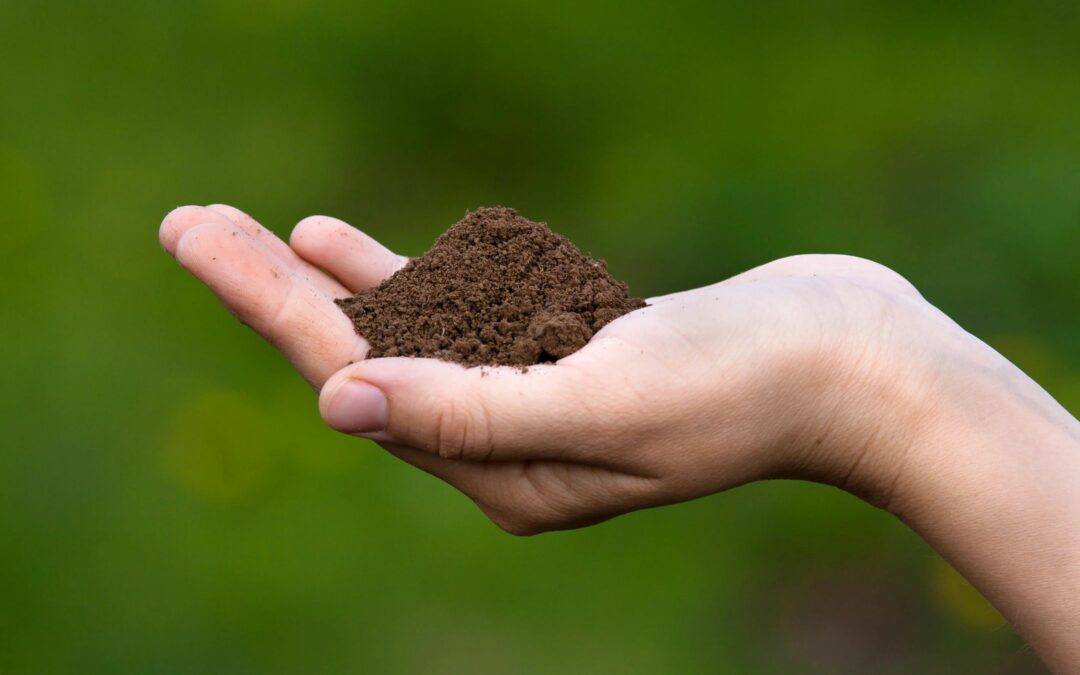In this interview with Patrick Henry, CEO and Dr. Jeff Campbell, GroGuru’s Chief Science Officer, they discuss the true meaning of soil salinity, and what that means to the consumer. The GroGuru sensors monitor soil salinity and EC, and are easy to install. Contact us for a quote for your individual growing needs.
Patrick: If I’m a grower and I’m trying to interpret that, break that down for me. This is really important.
Jeff: If you look at irrigation water, you mix your nutrients into that water. Your natural salinity level in that water, you’re going to read it at conductivity. Let’s say that it’s two decisiemens per meter. You’re not applying that to the grow block. It may have some salts already present in that block that have been residual salts from the last irrigation. You have air spaces in the growing medium and you have soil. All of those affect the conductivity that you now measure. You are no longer measuring directly in the liquid. You’re measuring in the plant environment.
Patrick: That adds additional variability on at least three levels.
Jeff: There are a lot of levels. Generally, you can do something to manage that. Typically, it might be one third to half of the EC of the irrigation water when the soil is very wet. That’s very reproducible. You can monitor that in the soil and reproducibly continue to establish that same condition going forward. It is not directly related.
Patrick: When our software is making recommendations, does it account for this and simplify that so that you don’t have to be a scientist to determine these things?
Jeff: When you wet the soil up to near saturation, our measurement of salinity is going to be close to that conductivity of the water present in the soil. It’s just like the irrigation water. You can set alerts and limits on that bandwidth and attempt to irrigate and maintain that in a management zone.
Patrick: It’s important that you have sensor technology. Maybe it’s not real time, but you’re taking measurements on regular intervals. Right after you irrigate, that’s when the values will be the most translatable. Then you’ll know if you have a soil salinity issue.
Jeff: It’s usually easiest to measure soil salinity when the soil conditions are fairly wet.
Patrick: Right after it’s been irrigated.
Jeff: We never tell a farmer, “Don’t irrigate,” or “Don’t manage salinity.” The farmer or grower is the best resource. They are intimately involved with what they’re doing. They have a lot of experience. We give them a tool. When they’re comfortable with the conditions, we can tell them what the conditions are in the soil. They can reliably maintain that going forward. They’ll know in real time when they’re drifting away from that desired level in the soil.
Did you enjoy this video? If so, leave a comment and let us know what you liked! We appreciate your feedback! We are happy to talk with you about your specific sensor needs and locations. Please contact us today to get started.

